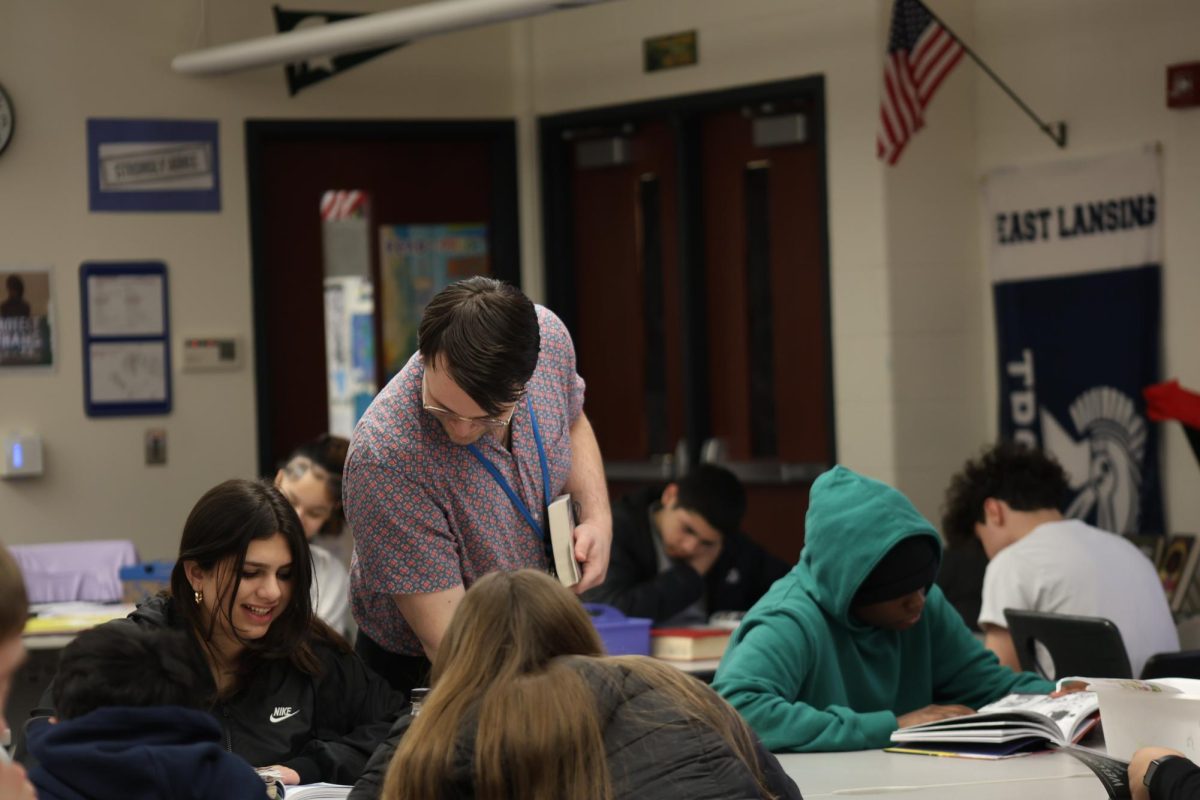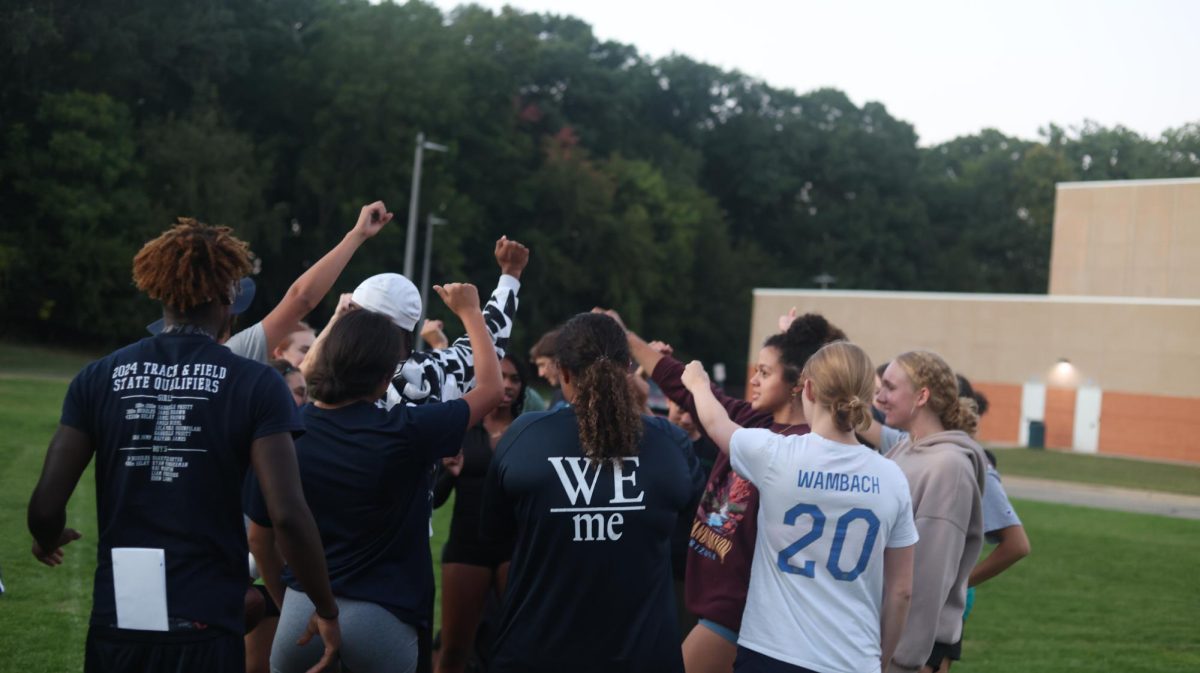At the beginning of this news cycle, I pitched an opinion idea to write about teacher treatment. When I began this story I was expecting to hear a gloomy realization of students’ behavior. I expected negatives about behavior, negatives about work ethic, and so on because that’s what I see most often throughout my school day. So, I scheduled interviews with teachers who I know have experienced a wide variety of behavioral issues throughout the year.
Once I began my interviews I found that the teachers had a much different point of view on the topic.
When I sit in class I often take mental notes on the behavior I witness–consisting mostly of negative actions, whether it’s a rude tone of voice or a blatant lack of cooperation. I think many students fail to realize that even if teachers don’t react to their behavior, it does still affect them. They take that feeling home and it often sits with them even after they leave the building.
I often notice how the teacher does not react in these moments–instead, they just roll with it. They very rarely break the “teacher character” and instead redirect the student.
In contrast to my view as a student, the teachers I interviewed had such a positive outlook on things. Instead of looking at all of the individual incidents, teachers like English teacher Kristin Day notice the overall patterns she sees.
“It’s only been a handful of students in my career that do the bare minimum and I’ve been at this for 13 years,” Day said.
Day has taught at multiple different schools throughout her career, giving her a wide range of knowledge on students’ behavior. She notes that while interruptive behavior is not an issue in her classes, the simple lack of effort is.
“It’s quite common for a handful of kids to do the bare minimum in everything,” Day said. “They work just enough to pass, and it shows in their interactions with other people.”
Teachers like Spanish teacher Rachel Gehres believe there’s a connection between the way students interact with teachers to the way they respond to each other. On top of her high school schedule, she teaches Spanish at the middle school during the fifth hour, allowing her to see the behavior of many different ages. She thinks that the behaviors come from the impact of COVID-19 and the amount of unconfined time that students had.
“Sometimes students can be super mean to each other,” Gehres said. “I teach seventh and eighth grade, and then I’m in the wing with sixth graders and there is a big difference between a sixth grader and an eighth grader. So I think it might just be where students are developmentally.”
As a student I find these interactions to be disheartening, whereas for the teacher it is just another part of their day. For English teacher Steven Neal, it’s hard to not let the bad outweigh the good.
“95 percent of our day could be completely fine or good, but then that one bad thing happens, and then you just get fixated on one bad thing,” Neal said. “And that takes some unlearning.”
As a student and the daughter of a teacher, I often focus on what needs work and the behaviors I have been trained to believe are not acceptable. But as I interviewed these teachers, I started to understand that focusing on the negative isn’t healthy for them. They choose to focus on the positive.
“The students here at East Lansing are the majority unfailingly polite,” Day said. “The first time my seniors first semester first day thanked me as they walked out the door. I’ve never experienced that in another school. And it’s awesome.”
She and the other teachers revealed to me that while the student behavior is not amazing it is much better than they have experienced at other schools. The combination of both student support and developmental growth has an impact on the emotions and how students express them.
Keep in mind that teachers and all adult staff do have emotions that you have a big impact on, which gives you a lot of responsibility. The teachers I talked to seem OK with what they are seeing in their classrooms, but I know we can do better.
I’m not sure that I would say that the way students treat teachers is acceptable. It could be so much better than it is, but the students who intentionally treat teachers humanely outweigh the few that don’t.









